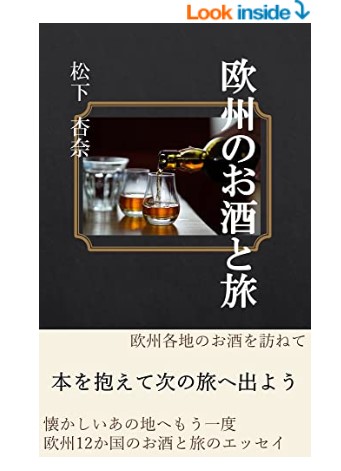Cyprus : The Wine Cleopatra Cherished: A Taste of Cyprus

A few years ago, in a certain part of Tokyo, we found ourselves engrossed in gathering information about Cyprus as the night drew on. At the time, we were working for a small travel agency, and a client had approached us with the idea of creating a tour to Cyprus. We worked closely with our local partners on the island, while also gathering as much information as we could in Japan, all in an effort to craft a truly remarkable tour. Cyprus, an island nation in the Mediterranean, lies just off the coast of Turkey. It is easily accessible, with airlines offering connecting flights from Japan. The island has long been home to many Greek settlers, and historically, it has fallen under the rule of several great empires: the Hittites, Assyrians, Egyptians, Roman Empire, Frankish Kingdom, Venice, the Ottoman Empire, and Britain. Like many Mediterranean islands, it is a crossroads of civilisation, where cultures have blended and shaped the land over millennia. Cyprus boasts ...







